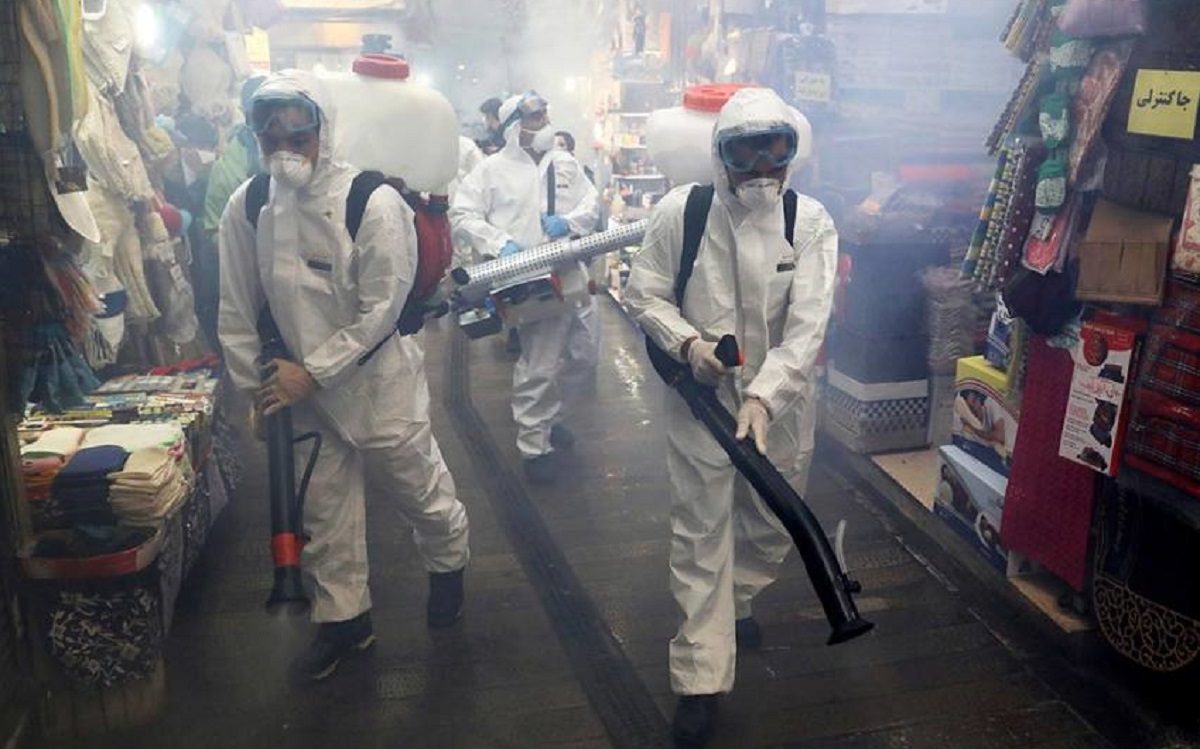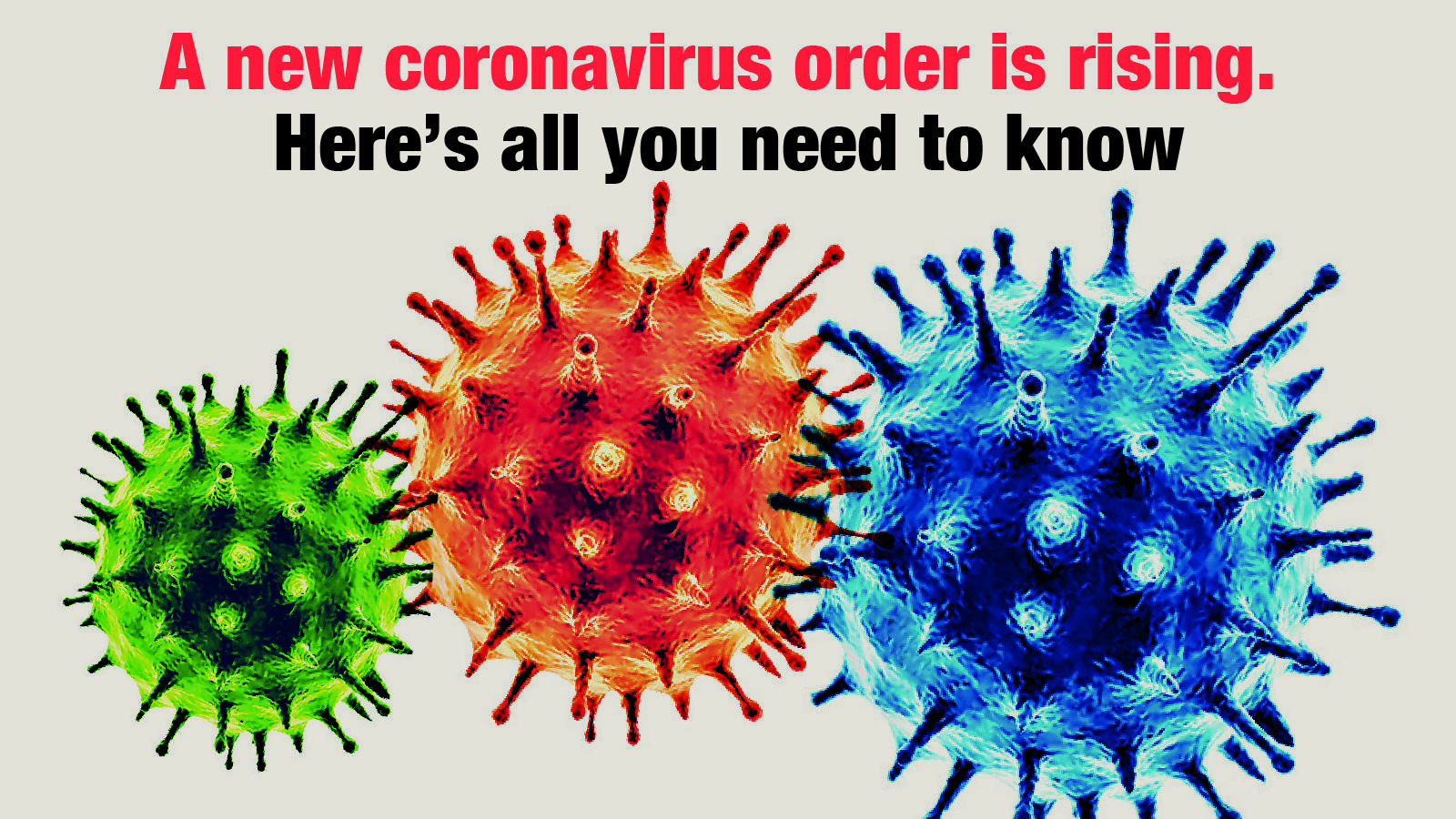Source: Dr KK at Heart Care Foundation of India
Variants – B 1.1.7, B.1.351, P1, B.1.617
B.1.1.7
- Also known as 501Y.V1
- First detected in the United Kingdom (UK)
- Key mutations in the spike protein: N501Y (RBD), 69/70 deletion, 144Y deletion, P681H (S1/S2 furin cleavage site)
- Increased transmissibility (vs ancestral) (~50-70%)
- Increased severity/fatality (>30%)
- Minimal immune evasion
- Minimal impact on neutralization by convalescent and post-vaccination sera
B.1.351
- Also known as 501Y.V2
- First identified in South Africa
- Key mutations in spike protein: N501Y, K417N, E484K, 241/242/243 deletion
- Transmissibility (vs ancestral) minimal
- No evidence of increase in lethality
- Immune evasion
- Significant decrease in susceptibility to the combination of bamlanivimab and etesevimab monoclonal antibody treatment
- Reduced neutralization by convalescent and post-vaccination sera
P.1
- Also known as 501Y.V3
- First identified in Brazil/Japan
- Key mutations in spike protein (RBD): N501Y, K417T, E484K
- Increased transmissibility (vs ancestral)
- No evidence of increased severity/lethality
- Immune evasion
- Significant decrease in susceptibility to the combination of bamlanivimab and etesevimab monoclonal antibody treatment
- Reduced neutralization by convalescent and post-vaccination sera
B.1.617
- Also known as 21A/S
- 3 sub-lineages: B.1.617.1, B.1.617.2 and B.1.617.3
- First identified in India “double mutant”
- Key mutations in spike protein: E484Q, L452R
- Increased transmissibility (vs ancestral)
- No evidence of increased lethality
- Immune evasion
- Potential reduction in neutralization by some EUA monoclonal antibody treatments4
- Slightly reduced neutralization by post-vaccination sera
B.1.427 and B.1.429
These two variants were first identified in California in February 2021.
Some consequences of emerging variants
- Potential for quicker spread (increased transmissibility)
- Potential to cause milder or more severe disease in people
- Potential to evade detection by viral diagnostic tests: 1.1.7 has S gene target failure
- Diminished susceptibility to therapeutic agents like monoclonal antibodies
- Potential to evade natural or vaccine-induced immunity
Variants of concern might require one or more appropriate public health actions, such as notification to WHO under the International Health Regulations, reporting to CDC, local or regional efforts to control spread, increased testing, or research to determine the effectiveness of vaccines and treatments against the variant. Based on the characteristics of the variant, additional considerations may include the development of new diagnostics or the modification of vaccines or treatments (CDC).
India predictions: Formulas for better understanding of data
- Death rate is number of deaths today vs number of cases today
- Corrected death rate is number of deaths today vs number of cases 14 days back.
- Estimated number of deaths = Reported deaths x 2
- Number of expected deaths today is 15% of the number of serious patients 14 days back.
- For one symptomatic positive case, there are 10-30 asymptomatic cases and 20 untested cases.
- 85-90% positive cases are asymptomatic or have mild infection; 10-15% of positive cases may develop severe infection (require oxygen, steroids, remdesivir); about 5% cases become critical (require ventilator and stronger medicines)
COVID Sutra
COVID-19 pandemic is due to SARS 2 Beta-coronavirus (different from SARS 1 where spread was only in serious cases); Causes mild or atypical illness in 82%, moderate to severe illness in 15%, critical illness in 3% and death in 2.3% cases (15% of admitted serious cases, 71% with comorbidity< Male > Females); affects all but predominantly males (56%, 87% aged 30-79, 10% aged < 20, 3% aged > 80); with variable incubation period days (2-14; mean 5.2 days); mean time to symptoms 5 days; mean time to pneumonia 9 days, mean time to death 14 days, Mean Time to CT changes 4 Days, Reproductive Number R0 1.5 to 3 (Flu 1.2 and SARS 2), Origin Possibly from Bats (Mammal); spreads through the air (by inhalation of air carrying very small fine droplets and aerosol particles, human to human transmission via large and small droplets or touching inanimate surfaces contaminated with virus . Enters through MM of eyes, nose or mouth and the spike protein gets attached to the ACE2 receptors, which are found in organs throughout the body (heart muscle, CNS, kidneys, blood vessels, liver). Once the virus enters, it turns the cell into a factory, making millions of copies of itself, which are then breathed or coughed out and infect others.

10 Sutras to remember
- Universal masking (correct, consistent and 3-layered) is THE prevention.
- RTPCR Ct is THE gold standard test for diagnosis.
- Zinc is THE mineral; D is THE vitamin.
- Day 5 is THE day in Covid phase for mortality prevention.
- Day 90 is THE day after which
the word COVID ends. - Home isolation is THE modality of treatment. (The policy may vary from country to country.)
- 12 years is THE age when the mortality starts. (Children 12 years or older should wear masks as recommended for adults – WHO UNICEF guidelines)
- CRP is THE lab test for seriousness.
- Loss of smell and taste are THE symptoms equal to RTPCR test.
- 15 minutes is THE contact time to get the infection.
Some more numbers
- If hospital capacity reaches 80%, we may have to stop admitting patients to prevent the hospital from being overwhelmed.
- In order to plan for surges and increase capacity: It is required to know the number of people who tested positive and were admitted to the hospital with symptoms of COVID-19.
- Cases will double after the average doubling time of the country at that time
- Cases expected in the community: Get number of deaths occurring in a five-day period. Estimate the number of infections required to generate these deaths based on the country or area case fatality rate
- Compare that to the number of new cases actually detected in the five-day period. This can then give us an estimate of the total number of cases, confirmed and unconfirmed
- Lock down effect: Reduction in cases after average incubation period (5 days)
- Lock down effect in reduction in deaths: Reduction in number of deaths on day 14 (average time to death of that country)
- Requirement of ventilators on day 9: 1-3% of number of new cases detected
- Requirement of future oxygen on day 7: 10% of total cases detected today
- Number of people which can be managed at home care: 90% of number of cases today
- Requirement of ventilators: 1-3% of number of cases admitted 7-9 days back
- Requirement of oxygen beds today: 10% of total cases admitted seven days back
- Oxygen requirement on that day in the hospital at 6am: Number of cases detected to have hypoxia on six minutes walk test.



